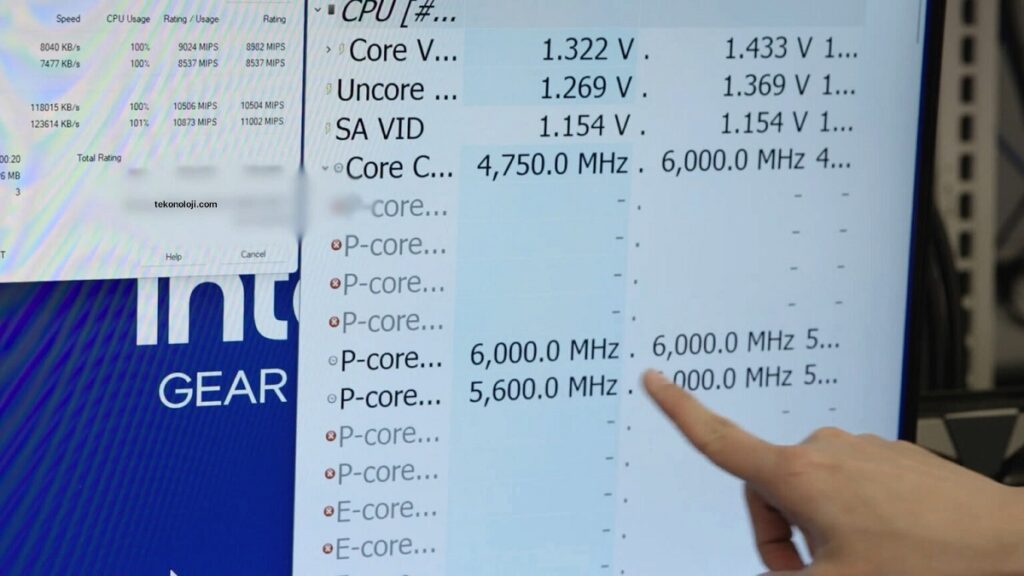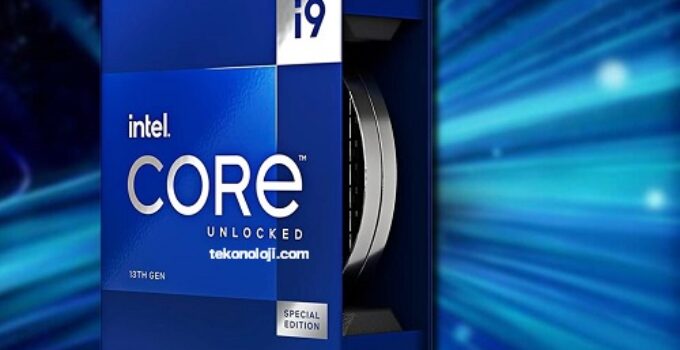Intel, a processor with clock speed of 6 GHz. Intel has announced the new Core i9-13900KS, called “the fastest desktop processor in the world”. It offers up to 6.0 GHz of maximum turbo frequency as standard, becoming the first PC processor to exceed this threshold; on paper all very interesting but in practice an absurdity from the point of view of consumption and energy waste.
iPhone 15 Pro will probably cost more
The abbreviation “S” at the end of the CPU denomination stands for “Special Edition”, and it is a limited edition: Intel must in practice select the chips one by one by checking in the fabs those that can actually reach this frequency. In the USA it costs 110 dollars more than the classic 13900K (700 against 590 dollars) and in Europe the cost should be around 1000 € (the Core i9 12900KS currently sold for 900 €).
In addition to boasting the maximum frequency of 6 GHz, it boasts 24 cores (8 Performance Cores and 16 Efficient Cores), 32 threads, 36MB of cache. There are no news on the E-core side and the P-core clock increases by 200 MHz, going to 3.2 GHz. Another change concerns the PBP, which goes from 125W of the 13900K to 150W. The Turbo Power Processor reaches 300 W (against 253 W of the previous top-of-the-range CPU). Memory up to DDR5 5600 MT/s and DDR4 3200 MT/s are supported and the CPU is compatible with Z790 and Z690 motherboards (with the latest BIOS).
Marcus Kennedy, Intel Client Computing Group manager, Gaming and Channel, said, “The Core i9-13900KS extends the excellence of our 13th Generation Intel Core desktop processor family, demonstrating the new peaks of performance enabled by the hybrid architecture. . Hardcore gamers and enthusiasts will be able to reach new levels of performance with the first desktop processor to offer 6.0 GHz as standard.”
In general, a higher clock speed means the CPU is faster. However, many other factors also matter. CPUs that – on paper – boast high clock speeds may be outclassed by newer CPUs with lower clock speeds, as new architectures allow instructions to be handled more efficiently. Within the same generation of CPUs, a processor with a higher clock speed is actually faster than a processor with a lower clock speed in most applications. Before the advent of multi-core CPUs, clock speed was considered the key specification when comparing single-core processors; today the number of cores, CPU cache and above all, energy consumption are also taken into consideration.

The paradox of this chip is that in the end it only serves as a show of strength: it’s impressive, it’s fast, but it’s not bad news for the planet and – in practical terms – it’s of little use. Intel can however point out that its processor is more powerful than those of Apple or AMD, saving – at least for now – face.
